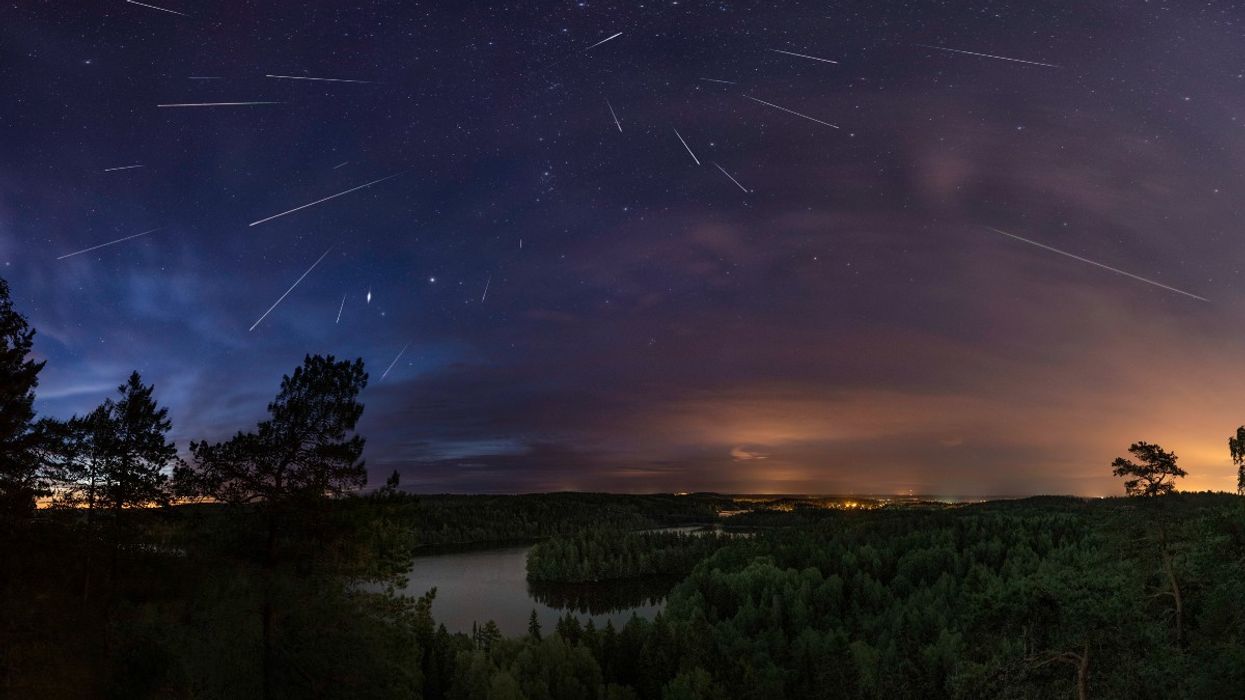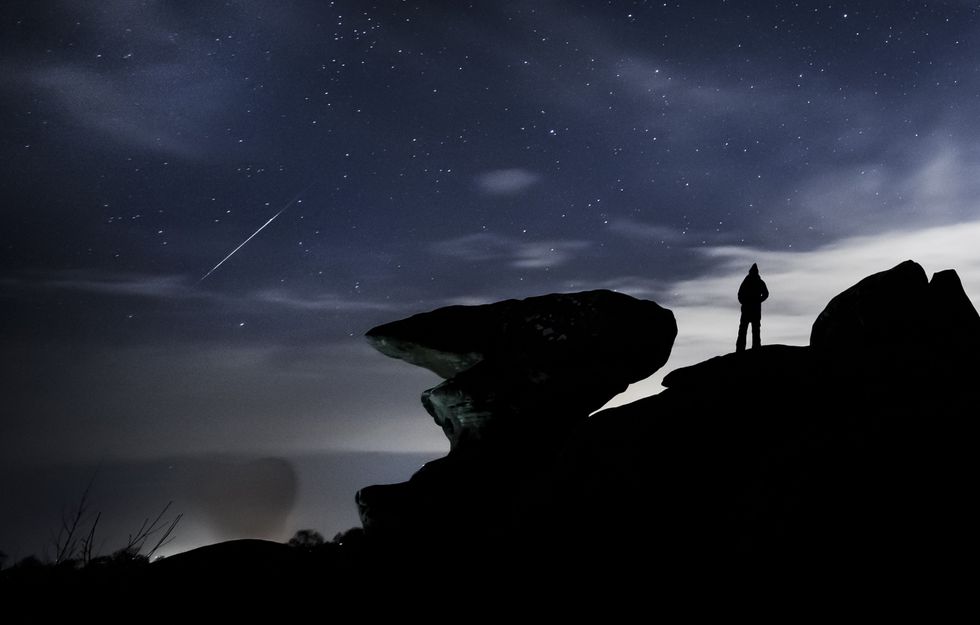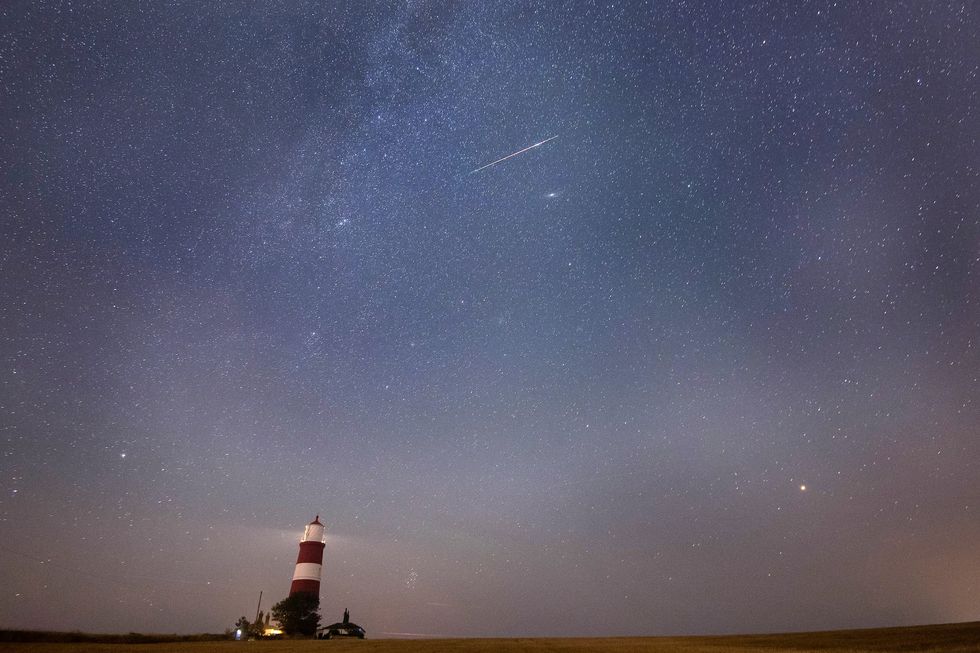Taurid Meteor Shower: Sky to be filled with scores of 'fireball' meteors surging through Earth's atmosphere

Taurid Meteor Shower: Sky to be filled with scores of 'fireball' meteors
|Getty Images

Stargazers could catch up to five shooting stars every hour when the shower hits its peak
Don't Miss
Most Read
Skies across the globe are set to be filled with scores of “fireball” shooting stars this coming weekend as the Taurid Meteor Shower passes Earth.
Burning up as they pass through Earth’s atmosphere, meteors will light up the night sky this week but will reach its peak on November 12 and 13.
Meteors up to three feet (one metre) in length created by debris left from comet Encke will burn up in the atmosphere as the Earth passes through the cloud on its natural orbit.
WATCH HERE: SpaceX rocket launch
Shooting stars will be visible until December 10 in the Northern Hemisphere but will be most numerous this weekend.
Numerous meteors will be classed as “fireballs” meaning they will appear brighter than Venus and fall only second to the moon in terms of brightness.
Royal Observatory Greenwich astronomer Dr Greg Brown told Mail Online that due to the Earth’s orbit, the meteor shower occurs at roughly the same time each year.
LATEST DEVELOPMENTS:

Shooting stars will be visible until December 10 in the Northern Hemisphere but will be most numerous this coming weekend (Nov 12/13)
|PA
“When the Earth passes through the cloud of debris left behind by a comet or asteroid in our solar system, pieces of rock and dust will be swept up, crashing into our atmosphere and producing a bright streak of light in our sky: a meteor,” he said.
“These meteor showers occur at somewhat predictable times in our year and will appear to originate from a particular part of our sky based mostly on the direction the Earth is travelling in at the time.”
The Taurid Meteor Shower gets its name as it appears to emerge from the Taurus constellation.
However, both the meteor stream and the Encke comet are believed to have once been part of a much larger comet which broke apart some 20-30,000 years ago.

Stargazers could catch up to five shooting stars every hour when the shower hits its peak
|PA
Dr Brown added that this year won’t be as good a year for seeing the meteor shower compared to previous showings.
“This shower isn't particularly strong with only around five meteors per hour at its peak which can be reduced greatly by your observing conditions,” he said.
He continued by giving advise on the best place for potential viewers to see the Taurid Meteor Shower.
He said: “To see them, head out to a place with a low horizon, with no trees or buildings in the way, ideally after midnight to maximise your chances.
“Fill your view with the sky and wait.
“There's no point trying to use a telescope or a pair of binoculars as their view is far too small.”
The comet, named 12P/Pons-Brooks will narrowly miss Earth on April 21, 2024 and will be visible with the naked eye.
According to modelling, 12P/Pons-Brooks will pass between the orbits of Venus and Earth, but by the time it does, the Earth will be safely tucked away on the other side of the Sun.










